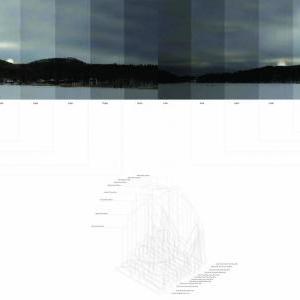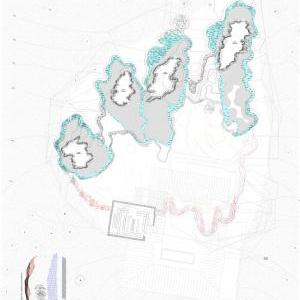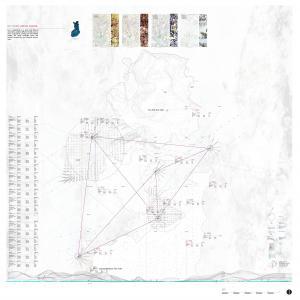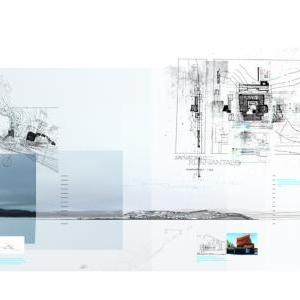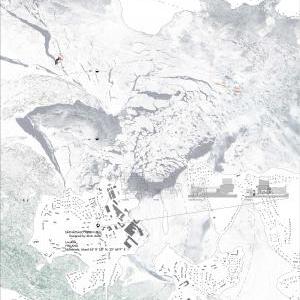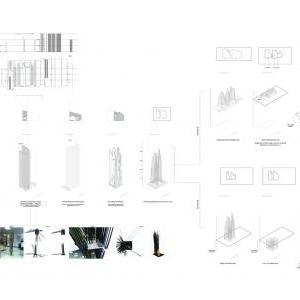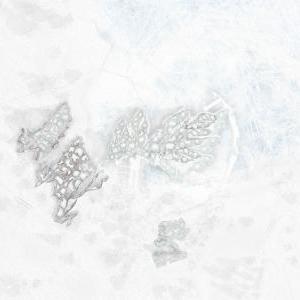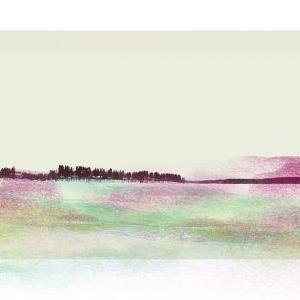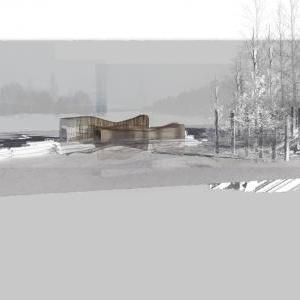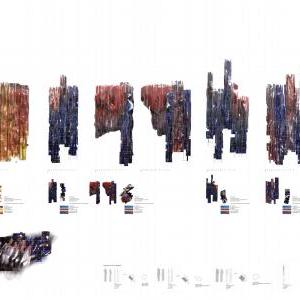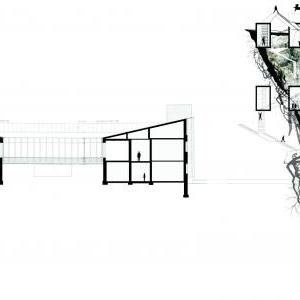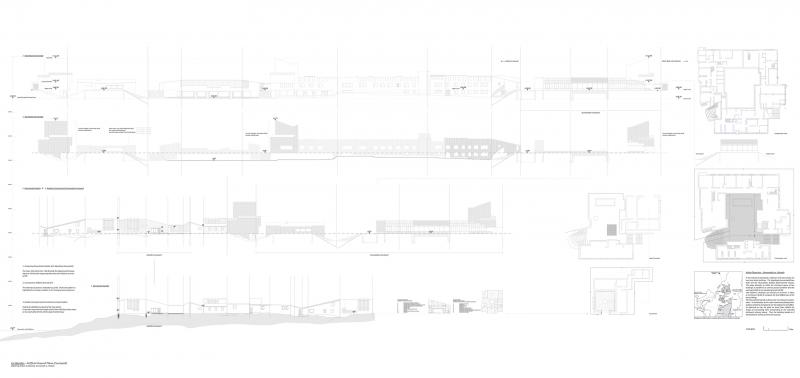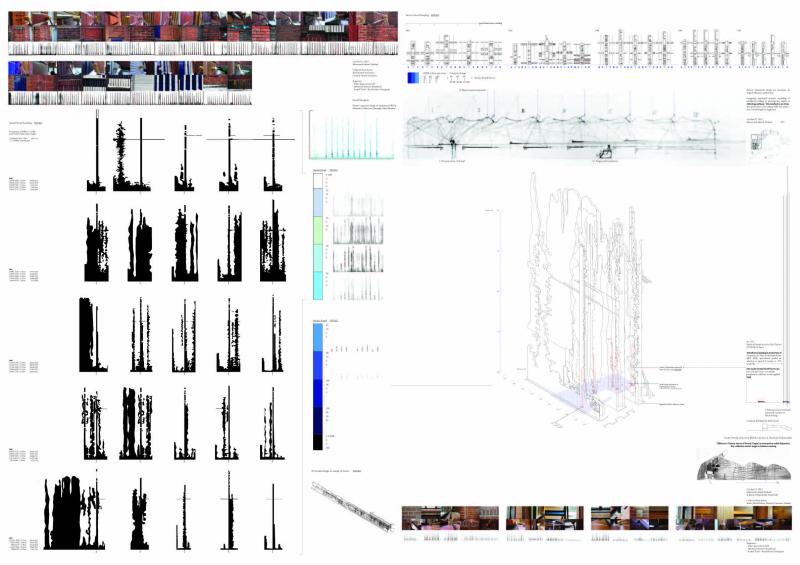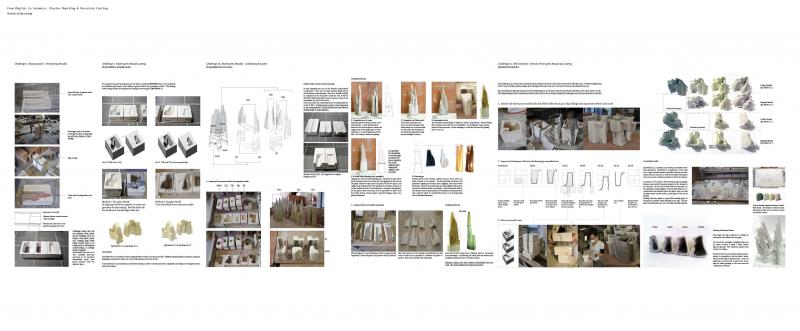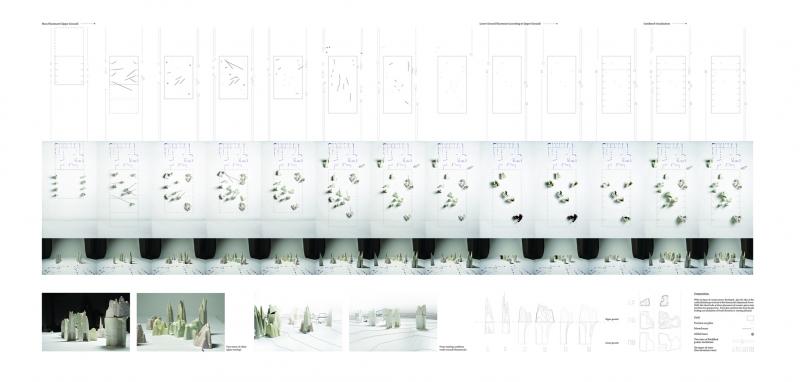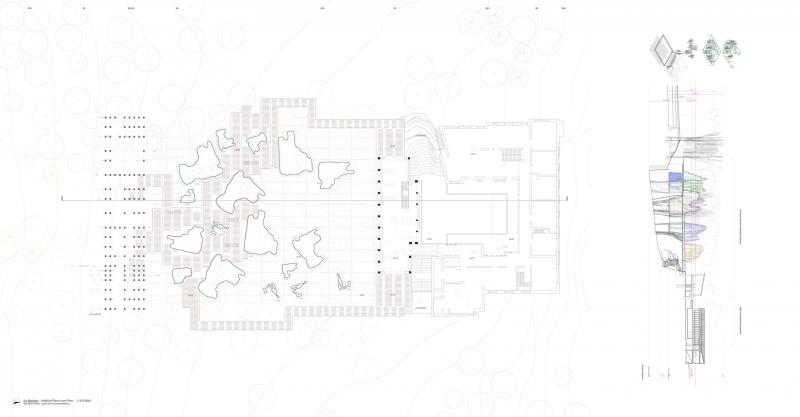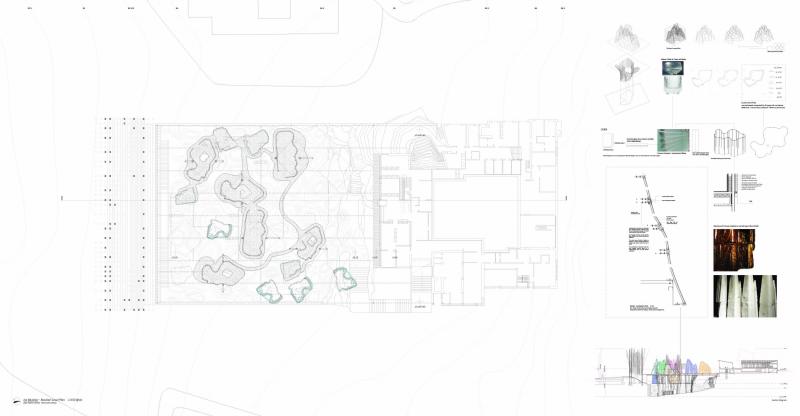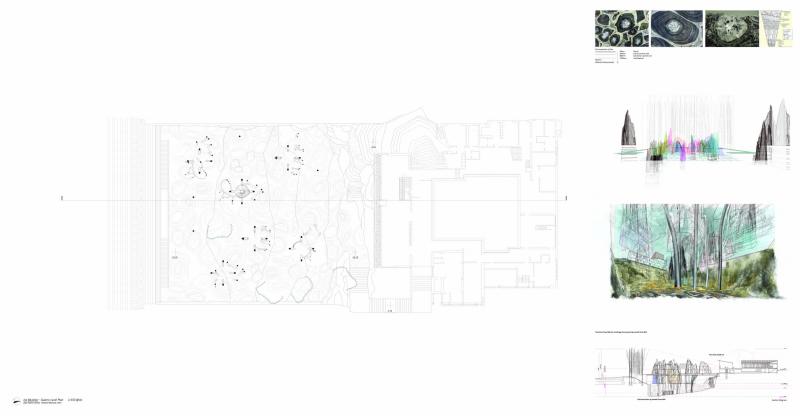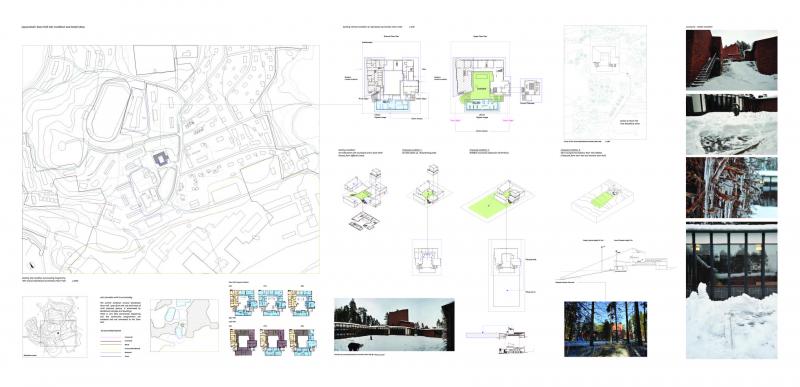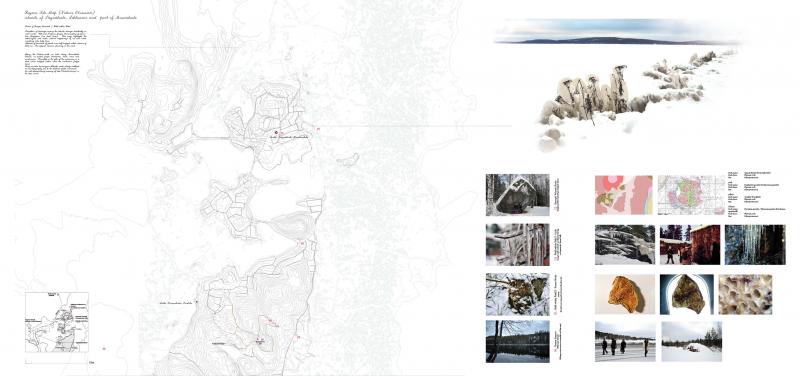Intermediate 9 learns by travelling, thinks and designs through drawing (2D and 3D) and builds the future by reinventing the past. Having focused in the two preceding years on the methods and madness of Antoni Gaudí and James Stirling, this year we turned our attention northwards to modernism’s guv’nor of anti-modernism – Alvar Aalto. But before heading to Finland we spent some time in Blighty ‘surveying’ the work of Leslie Martin, Patrick Hodgkinson and Colin St John Wilson, a collective one of us would call Aalto’s British ‘copyists’, and the other, more tamely, as the English architects Aalto ‘inspired’.
We made our debut sortie to Säynätsalo (and Helsinki, Jyväskylä, Seinäjoki and Noormarkku), site of Aalto’s magisterial, but now largely redundant, town hall. This is where we sited our projects, and (like all good Scandinavian chefs) where we revelled in our foraging through the autumnal woods and forests that covered the hills of Muuratsalo. When we returned to the same site in late January it was both unrecognisable and mesmerising. Säynätsalo was encased by a metre-thick ice surface, and suddenly we could walk past ice fishermen, cross-country skiers and para-gliders to the Experimental House at Muuratsalo or his early church at Muurame. Still frozen to the bone, we then sought immediate warmth by plunging south to Ceramica Cumella in 20-degree Granollers. Here, just outside Barcelona, during a non-prototype-based workshop, our speculative projects moved from digital to physical space.
As in previous years, the range of all this invention is best captured in our end-of-year ‘family photo’. Taken this time in the AA Archives, we’ve interspersed a few of our inspirations (alongside Christopher Wren and Inigo Jones) as we seek to continue our contribution to the school’s long legacy of influential forms of drawing architecture. Along the way we also acquired a few fascinating facts about our student cohort. Whoever knew that some of them couldn’t ride a bicycle; or that others were incapable of drawing a piece of fruit; or that a number proved manifestly less fit than their aged tutors; or ultimately and shockingly, that a few of them had never before even heard of Aalto!
Unit Staff
Christopher Pierce
Christopher Matthews
Special thanks to
Peter Aldington
Peter Blundell Jones
Harry Charrington
Niall Hobhouse
MJ Long
Eeva-Liisa Pelkonen
Nicholas Ray
Deborah Saunt
Benedetta Tagliabue
Thanks to
UK
Carlos Villanueva Brandt
Brendon Carlin
Catarina Cruz
Alan Dempsey
Steward Dodd
Kenneth Fraser
Efrén García Grinda
Samantha Hardingham
Francesca Hughes
Max Kahlen
Tomas Klassnik
Tobias Klein
Theo Sarantoglou Lalis
Arthur
Mamou-Mani
Monia De Marchi
Giles Martin
Tyen Masten
Andrew Matthews
Cristina Díaz Moreno
Lucy Moroney
John Ng
Ian O’Brien
Ann-Sofi Rönnskog
Pablo Ros
Takero Shimazaki
Brett Steele
Finland
Tero Hannonen
Jarno Makela
Mari Murtoniemi
Seija Rautiainen
Anu Torm
Spain
Toni Cumella
Guillem Cumella
Teresa Ventura
José Luis Ruiz
de Valdivia
Sponsor
Ceramica Cumella
Michelle Mang Syn Choi
Ice Bacalari
Reengage with Aalto’s vocabulary of build among the boundless Frozen Landscape
Confronting with the canonical Aalto’s town hall, the grassy staircase, yet largely redundant, the urge for a new reading of the master piece came by implanting an Artificial Landscape with piece part elements. The proposal induces an original perspective viewing the Town Hall from below. While entering into the existing courtyard, the old library now the pavilion that frames the view of the Artificial Landscape extending back into nature.
The artificial landscape could also be termed a new courtyard, a garden or quarry. It revitalize the existing Aalto-courtyard, readdress the Town Hall and reactivates its circulation with Elements of the Artificial Landscape as new frontier. The Artificial Trees, the plywood sticks structure mingling among the conifers, act as a facade when one approaches the town hall. The stairs within it dropped down and lucidly flow into the deep Quarry where the local igneous stones Pallokivi is revealed. Punctuated between the large space is the ice Bacalari and Hattivatit; taken form as curved glass textured volumes cross with curved steel tubes are the ice Bacalari as extended library, the Hattivatit as the plywood smaller scale interior sets counter with Aalto’s door handle - design to the detail.
